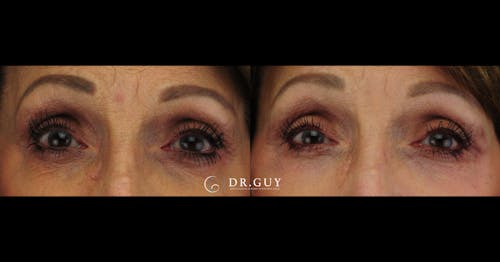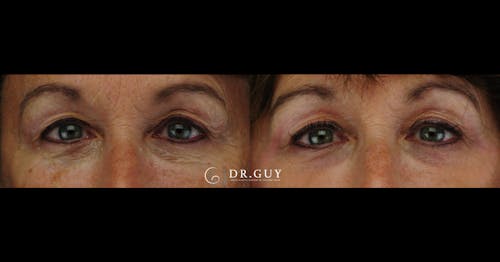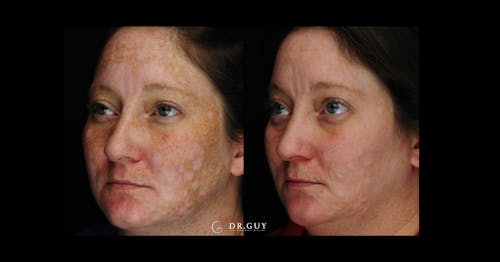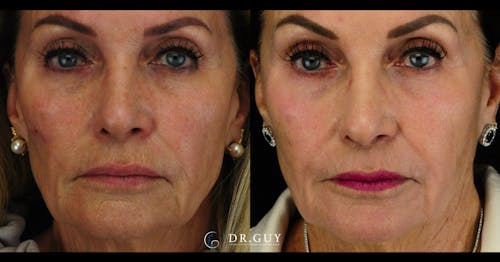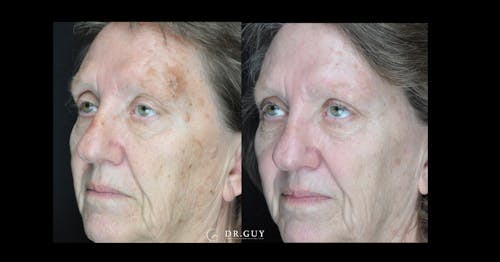Chemical peels exfoliate the skin using a customized solution to remove damaged outer layers, revealing smoother, more radiant skin beneath. They effectively reduce fine lines, sun damage, and uneven pigmentation, enhancing your natural beauty.
What Is a Chemical Peel?
A chemical peel is a proven procedure in which a chemical solution is applied to the skin to remove damaged skin cells and address several concerns, such as wrinkles, scars, and sun spots. Chemical peels come in various forms, containing different types of acids that have varying depths of skin penetration. Superficial peels have little to no downtime and can make the skin look refreshed by removing part of the epithelium (the outermost skin cells). Medium-depth peels get through the epidermis and to the outermost layers of the dermis (the part of the skin that gives it strength and thickness). Deep-depth chemical peels go deeper into the dermis and therefore require a greater amount of healing. It is the new collagen formation in the dermis that helps tighten the skin and improve wrinkles and pigment changes.


